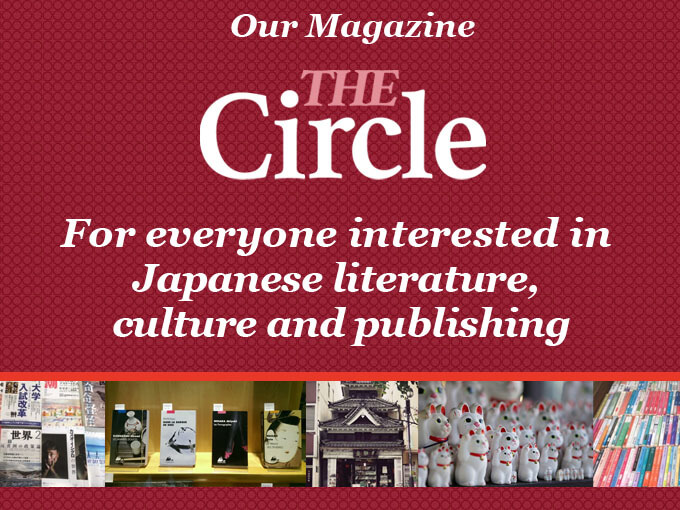- History
New international standards for measuring time, weights and measures encouraged some to call for Japan to adopt a Westernised writing system abandoning traditional alphabets[UPDATED: 7-7-2023]
At the height of Japan’s period of rapid modernisation and opening up to the West, known as the Meiji era (1868-1912), it wasn’t just Japan that was undergoing seismic change. Many countries were in fact being forced to embrace change as well.
New international standards, for example, were emerging for time, the length of a day, weights and measures and much more in the wake of an internationalising world and rapidly emerging new technologies.
New technologies and communication tools such as the railways, which required standard time tables, had a huge impact on many countries including Japan.
Phonetic transparency was also required for sending messages by telegraph, which these new railway lines facilitated the rapid spread of. It was thought that standardisation would bring efficiencies, reduce the cost, and increase the speed and internationalisation of trade.
The first telegraph line was set up in Japan on the same route as Japan’s first railway line between Tokyo and Yokohama in 1869, much later than some other countries. Nevertheless, the number of messages sent by telegraph internally in Japan, and then internationally to and from Japan, increased exponentially.
The introduction of railways had a very broad and deep impact on Japan, not only on how Japanese people sent messages, but on its cities and literature and much more besides. Unification and harmonisation of standards became increasingly important.
In 1875, Japan alongside 17 other nations attended the Paris Conference on the Metric System of Weights and Measures, and in 1884, at the Prime Meridian Conference in Washington seven resolutions were agreed, several that the French delegation refused to accept, on how to standardise time and the definition of a day.
Time within Japan was subsequently standardised across the nation in 1886 giving birth to Toki no machi, Town of Time, in Akashi in Hyogo where Japan Standard Time (JST) is set, just over a decade after Japan had formally adopted the seven-day week system, which it did in 1873.
Before this, time in one town could be noticeably different from another and in some nations horological experts argue that it wasn’t simply train times that forced counties to settle on a single time, but in Britain, for example, Victorian licensing laws introduced to regulate the opening hours of pubs.
New technologies often force societies to consider their regulations; their priorities; the values they attribute to different groups, business sectors and segments and even how they weigh, measure and regulate society’s ills and benefits.
Today officialdom and commentators obsession is with algorithms, AI, targets and data analytics as opposed to the introduction of more basic standards and measurements for time, weights and measure.
That said, just like text messaging and emails today, these new forms of communication had a major impact on language, and generated significant debate that even encompassed for instance the future of written form Japanese.
As is the case today, all this change spurred some very prominent Japanese individuals to call for wholesale change.
In 1885, a Japanese physicist, Aikitsu Tanakadate (1856-1952), invented a new alphabet for Japanese people to use called Nippon-Shiki Romaji. Romaji, is the Japanese word for the Latin alphabet, while Nippon-Shiki means Japanese style, and Romaji is now one of the four syllabaries (sets of written characters) used in written Japanese.
His intention was for his new easy to use alphabet to replace, not just complement or be a lexical stand-in, the alphabets and scripts already used in Japan to write and communicate in Japanese.
An earlier similar approach existed called the Hebon-Shiki Romaji developed in 1859 by James Hepburn (1815-1911), an American physician and lay Christian missionary. Hepburn wasn’t Japanese and his system was aimed at a non-Japanese audience.
His approach, known in English as the Hepburn romanization system for transliteration of the Japanese language into the Latin alphabet, became popular through a Japanese–English dictionary he created. It is still used today.
Tanakadate and others, however, thought that their approach designed with a Japanese audience in mind would speed up the adoption of new technologies and research, creating a new Japanese ‘cultural and communication algorithm’, allowing Japan to compete more effectively with Western countries, which all used similar scripts.
Others held similar views. Arinori Mori (1847-1889) for instance, a statesman who founded Japan’s modern education system and was also a former Japanese Ambassador to the United States. He argued for the adoption of a simplified written form of English as the new national script. Others argued for English to replace Japanese as the nation’s language.
Anyone living in Japan today, or who has visited recently, might consider this aspiration fanciful and unrealistic, but other countries have adopted national language strategies to help position their nations better in a modernising world.
Such countries as Singapore with its Mandarin Chinese and English language, Bilingual Policy and Rwanda’s policy to replace French with English as its national language.
And Kanji, one of Japan’s four syllabaries, is after all a Chinese import that arrived in the Land of the Rising Sun in the 5th century AD.
That said, during Meiji period Japan, magazines and publications designed to encouraged and amplify change were launched in Japan. Such publications as The Romaji Journal in 1885, The New Romaji Journal, as well as books promoting so-called Romaji Bungaku and Romaji Literature. During this period, Romaji Clubs were also founded.
Romaji is widely used in Japan today, especially in advertising and for product branding in particular, but it is generally used to complement the traditional ways of writing Japanese, kanji, hiragana and katakana generating a soup like mix of different alphabets or scripts in any given text or passage.

